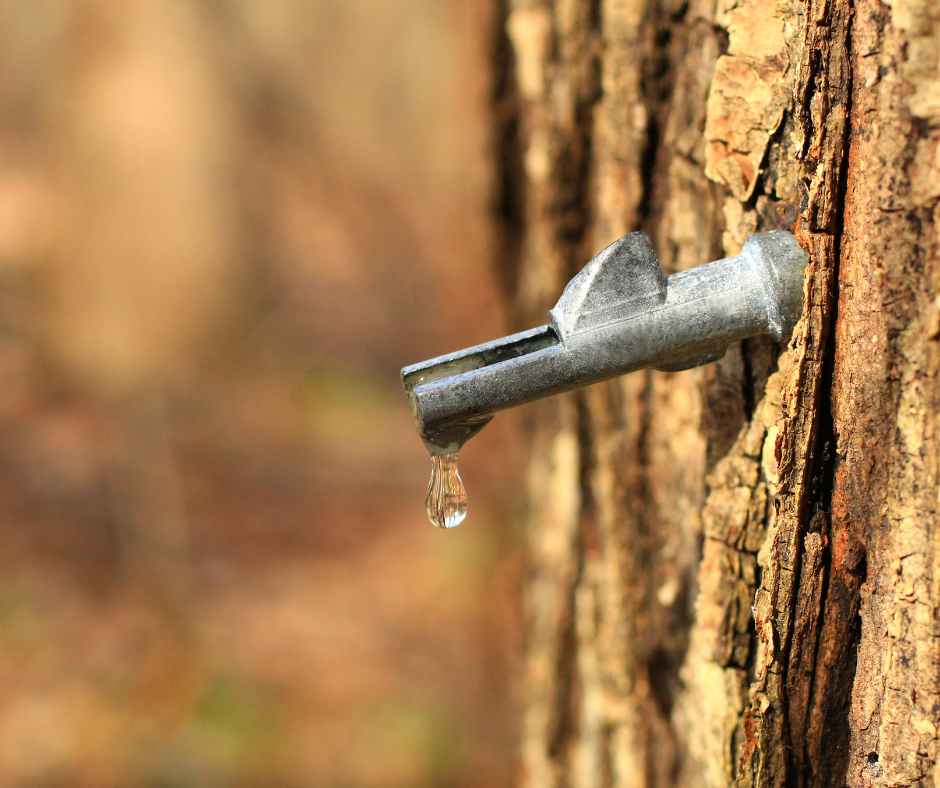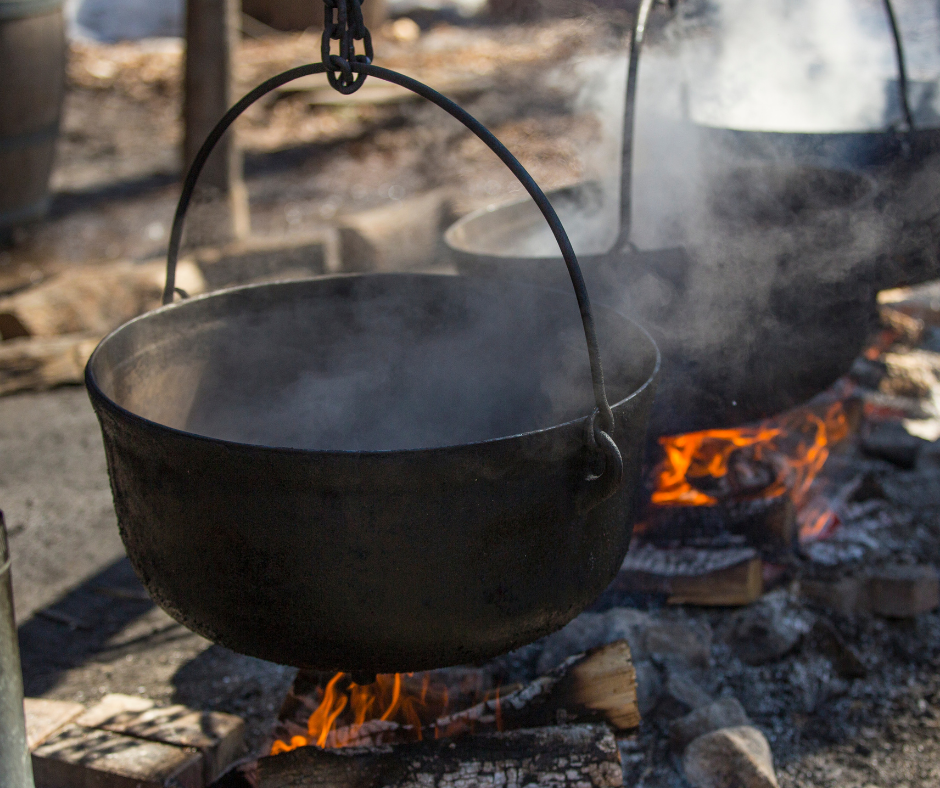Canadian-Style Pancakes with Maple Syrup

These pancakes have become a true kid sleepover favourite — easy to whip up in the morning, fun to stack high, and always greeted with smiles. Golden on the outside, soft and fluffy inside, they’re perfect with fresh fruit, a pat of butter, and of course a generous pour of Canadian maple syrup. The best part? They keep beautifully — any extras can be popped into the toaster the next day for a quick, warm treat.
Prep Time: 10 minutes
Total Time: 15 minutes
Serves: 10–12 pancakes
Ingredients
1 ½ cups (190 g) all-purpose flour
3 ½ tsp baking powder
1 tbsp sugar
½ tsp salt
1 ¼ cups (300 ml) milk
1 large egg
3 tbsp melted butter (plus extra for cooking)
Method
In a large bowl, whisk together flour, baking powder, sugar, and salt.
In another bowl, whisk milk, egg, and melted butter. Pour into the dry ingredients and stir gently until just combined — batter should remain slightly lumpy.
Heat a non-stick pan or griddle over medium heat, lightly greased with butter.
Pour about ¼ cup of batter per pancake onto the pan. Cook until bubbles form on the surface and edges look set, about 2 minutes. Flip and cook 1–2 minutes more, until golden and cooked through.
Serve warm with maple syrup, berries, or your favourite toppings.
Variations
Blueberry Pancakes – fold in ½ cup fresh or frozen Canadian blueberries.
Chocolate Chip Pancakes – sprinkle chocolate chips over batter just after pouring into the pan.
Buttermilk Pancakes – replace milk with buttermilk for extra tang and fluffiness.
Maple syrup is one of Canada’s oldest and most iconic foods. Long before European settlers arrived, Indigenous peoples tapped maple trees each spring, collecting the sap and boiling it down into sweet syrup and sugar. French and English colonists adopted the practice, and by the 19th century “sugar shacks” in Quebec had become part of the seasonal rhythm. Today, Canada produces over 70% of the world’s maple syrup, most of it still from Quebec. More than a sweetener, it’s a symbol of spring, resilience, and the deep connection between food, land, and tradition in Canada.


